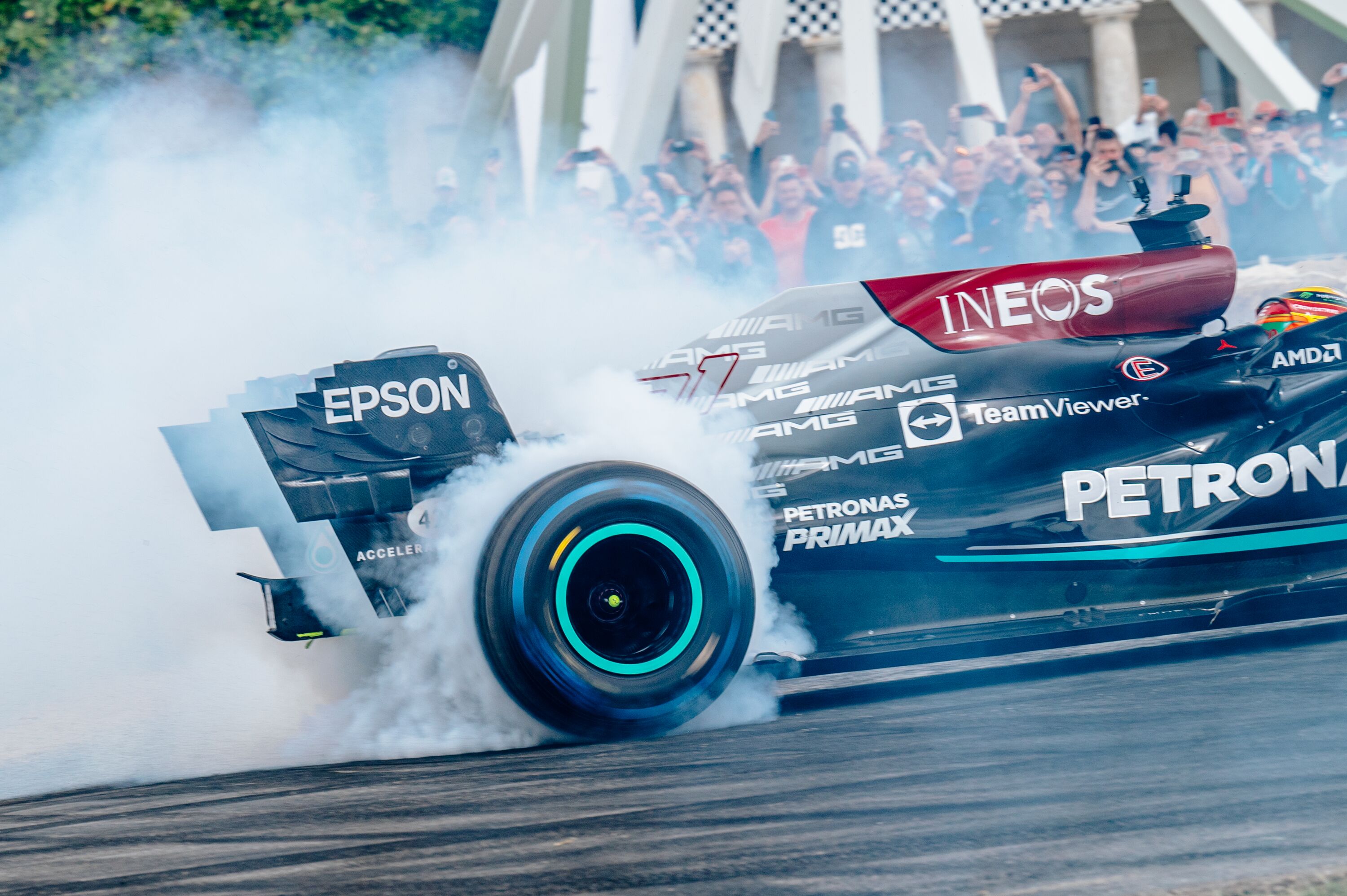Revival Revealed – Madgwick Cup
In the first half of the 1960s, sportscar racing wasn’t confined only to those who could afford the most powerful machinery entered in the World Sportscar Championship.ular, with trophies to shoot for at circuits all around Britain. Indeed, with austerity stretching deep into the 1950s, racing for small-capacity sportscars was extremely popular, with trophies to shoot for at circuits all around Britain.

The Madgwick Cup is, like many of the other races at the Goodwood Revival, one that changes the dates of the cars it admits from year to year, to provide regular fans with variety as well as allowing a wider spread of drivers to have a go at the Revival.
There have been races for the smaller-engined machines that raced from the outset at Goodwood in 1948 through to those built in 1955, as well as races for those that raced between 1955 and 1960. However, for 2016, the Madgwick Cup embraces the tranche of sportscars that raced from 1960 to the circuit’s closure in 1966.

Thus we will be entertained with the lithe sportscars that Britain produced so successfully in the first half of the 1960s, when lightweight, open-topped racers from Brabham, Elva, Lotus and Merlyn went after glory in class in club racing – including in Goodwood’s Madgwick Cup in period - while the more powerful racers from Ferrari, Porsche and Ford gunned for outright glory in the World Sportscar Championship.
One thing that these small capacity racers guaranteed then, and still deliver today, is close racing, with constantly changing positions, helped by their agility, allowing for plenty of cornering lines. The constant quest for more performance left these cars trimmed down to the neatest of shapes, with the Brabham BT8 perhaps the sleekest of all, and it was one of these that won the last race for these cars at Goodwood in 1966, driven by Tony Dean.
Photography by Jochen Van Cauwenberge.
Revival
Revival 2016
Revival Revealed
Madgwick Cup
2016
Sportscar








































































